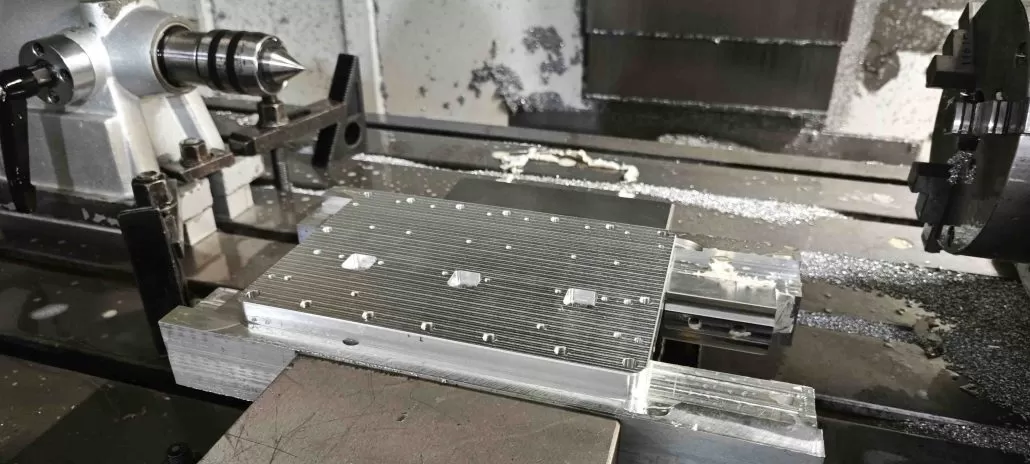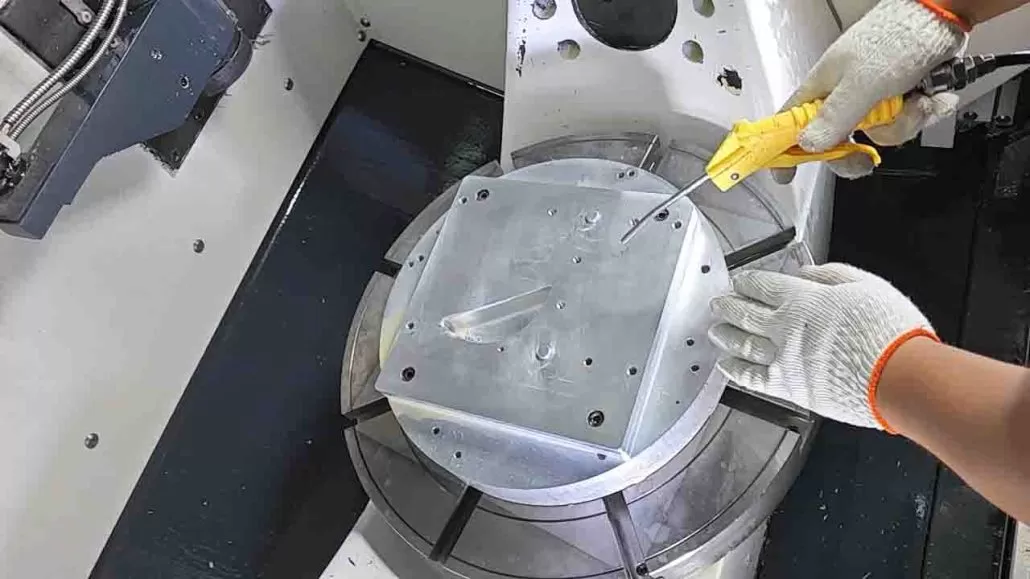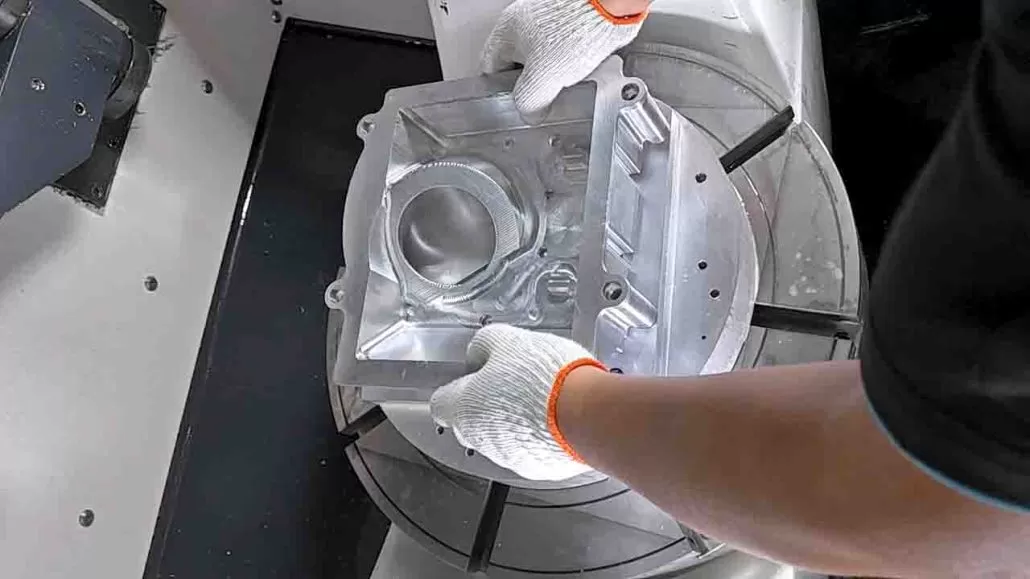This article introduces the history, development, and technology of CNC machining. CNC machining is a modern manufacturing process that involves the use of computer software to control the movement of machine tools. The process has revolutionized the manufacturing industry and has become an integral part of modern manufacturing. In this article, we will discuss the history, development, and technology of CNC machining.
When Did CNC Machining Start?
CNC machining started in the late 1940s, and it has come a long way since then. Researchers at the Massachusetts Institute of Technology (MIT) developed the first CNC system that used punched paper tape to control the movement of machine tools. The system, called “Numerical Control” (NC), was used for the first time in 1952 to produce helicopter blades. This development was significant because it allowed machines to be programmed to produce parts automatically.

Over the years, the development of CNC machining has led to significant improvements in manufacturing processes. The use of CNC machines has reduced the need for human intervention, resulting in faster production times and higher levels of accuracy. CNC machining has enabled manufacturers to produce complex parts with high precision, which would be nearly impossible to achieve through manual labor.
The 1960s saw the development of the first computer-controlled machines, and the term “Computer Numerical Control” (CNC) was coined. With the use of computer software, CNC machines could be programmed to execute more complex tasks, enhancing their accuracy and efficiency. CNC machines were initially used in the aerospace industry to manufacture complex parts, but their use quickly spread to other industries.
One significant development in CNC machining is the use of multi-axis machines. Unlike traditional CNC machines, which use three axes (X, Y, and Z), multi-axis machines can move in multiple directions, allowing for greater flexibility in the manufacturing process. Multi-axis machines are capable of producing more complex parts and reducing the number of machines needed for a particular manufacturing task.
Another development in CNC machining is the use of advanced software programs. These programs allow for the creation of complex designs and the simulation of machining processes, reducing the risk of errors and improving efficiency. CNC machines can now be programmed to produce parts with greater accuracy and precision, thanks to the advancements in software technology.
In conclusion, CNC machining has its roots in the late 1940s when researchers at MIT developed the first system that used punched paper tape to control machine tools. Since then, CNC machining has undergone significant developments, including the use of computer software, multi-axis machines, and advanced software programs. Thanks to these advancements, CNC machining has become an integral part of modern manufacturing, allowing manufacturers to produce complex parts with high accuracy and precision.
CNC Machining History
Over the years, the development of CNC machining has led to significant improvements in manufacturing processes. The use of CNC machines has reduced the need for human intervention, resulting in faster production times and higher levels of accuracy. CNC machining has enabled manufacturers to produce complex parts with high precision, which would be nearly impossible to achieve through manual labor.

One significant development in CNC machining is the use of multi-axis machines. Unlike traditional CNC machine parts, which use three axes (X, Y, and Z), multi-axis machines can move in multiple directions, allowing for greater flexibility in the manufacturing process. Multi-axis machines are capable of producing more complex parts and reducing the number of machines needed for a particular manufacturing task.
Another development in CNC machining is the use of advanced software programs. These programs allow for the creation of complex designs and the simulation of machining processes, reducing the risk of errors and improving efficiency. CNC machines can now be programmed to produce parts with greater accuracy and precision, thanks to the advancements in software technology.
CNC Machining Development
Over the years, the development of CNC machining has led to significant improvements in manufacturing processes. The use of CNC machines has reduced the need for human intervention, resulting in faster production times and higher levels of accuracy. CNC machining has enabled manufacturers to produce complex parts with high precision, which would be nearly impossible to achieve through manual labor.
One significant development in CNC machining is the use of multi-axis machines. Unlike traditional CNC machines, which use three axes (X, Y, and Z), multi-axis machines can move in multiple directions, allowing for greater flexibility in the manufacturing process. Multi-axis machines are capable of producing more complex parts and reducing the number of machines needed for a particular manufacturing task.

Another development in CNC machining is the use of advanced software programs. These programs allow for the creation of complex designs and the simulation of machining processes, reducing the risk of errors and improving efficiency. CNC machines can now be programmed to produce parts with greater accuracy and precision, thanks to the advancements in software technology.
CNC Machining Technology
CNC machines use a variety of technologies to control their movement, including servo motors, hydraulic systems, and pneumatic systems. These technologies work together to ensure that the machine tools move precisely and accurately. CNC machines now utilize advanced sensors and monitoring systems that can detect any deviations from the programmed instructions, ensuring that the parts produced meet the required specifications.
One technology that has revolutionized CNC machining is the use of 3D printing. 3D printing allows for the creation of complex shapes and designs that would be difficult to produce using traditional machining methods. The use of 3D printing has opened up new possibilities in the manufacturing industry, including the production of customized parts and prototypes. With the use of 3D printing, manufacturers can now produce parts with fewer material waste, reducing costs and improving sustainability.
Conclusion
CNC machining has come a long way since its inception in the 1940s. The development of CNC machines has led to significant improvements in manufacturing processes, resulting in faster production times and higher levels of accuracy. The use of advanced software programs and multi-axis machines has further improved the efficiency of CNC machining. With the continued development of technology, CNC machining is likely to remain a vital part of modern manufacturing for years to come. The evolution of CNC machining technology has enabled manufacturers to produce complex parts with high accuracy and precision, and we can expect to see further advancements in the future.


